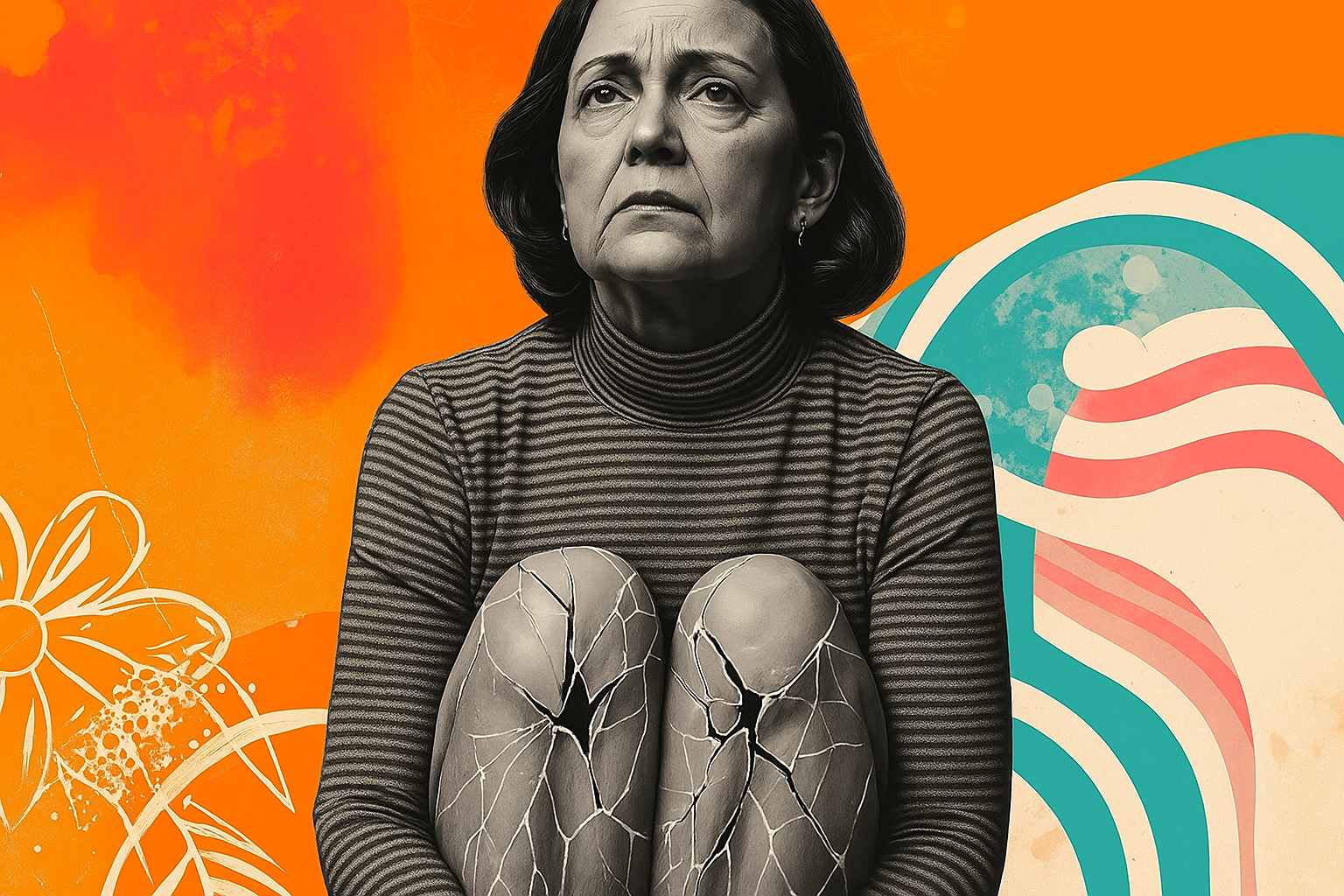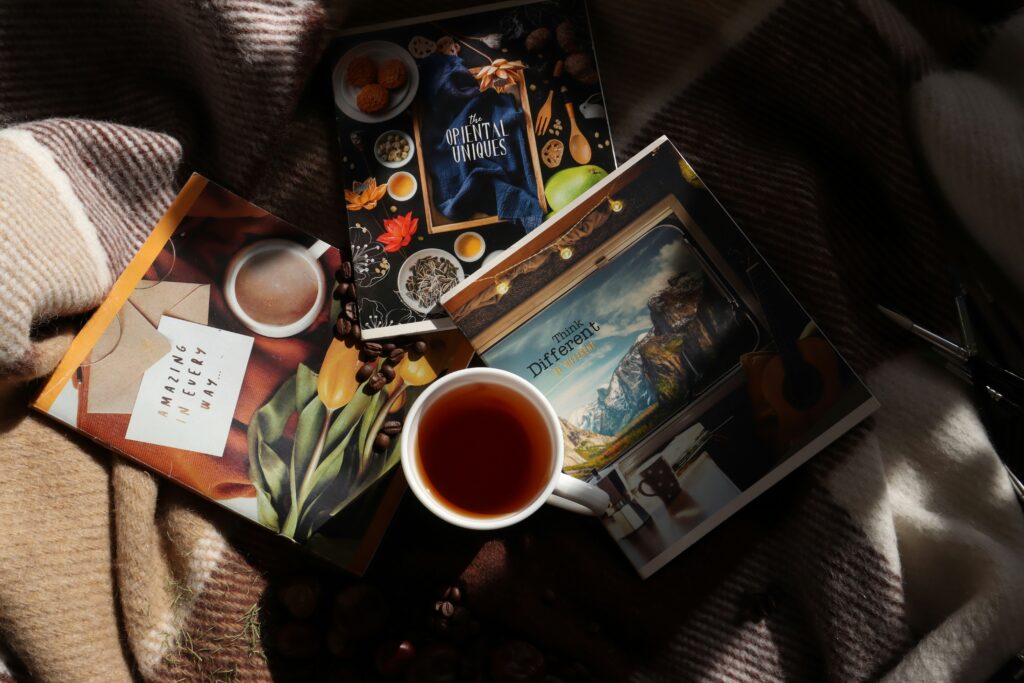
Some mornings aren’t about pain. They’re about dread.
Not sharp or sudden—but heavy. Like something pressing down that won’t let you rise. You slept, but you didn’t rest. You sat, but you didn’t recharge.
It’s not just your joints. It’s your mood. Your breath. Your belief that maybe it’ll get better on its own.
For Marisa, 49, this overlap of discouragement and physical discomfort became her everyday—and it stayed that way until she gave herself permission to name it.
Marisa’s Quiet Burnout.
“It wasn’t just that my knees ached,” recalls Marisa Oliveira, 49, from Boulder, Colorado.
“It was that I stopped wanting to fix them.”
She kept showing up—for others. But inside, something small had shut down. Even simple things like stretching or going for a walk felt pointless.
“I felt guilty just thinking about rest,” she said. “I didn’t think I deserved care unless I was already broken.”
When Fatigue and Pain Overlap.
1. Chronic low-grade pain affects emotional resilience.
Even mild joint pain can drain your energy and mood over time.
2. Stress and hormonal shifts can intensify discomfort.
Cortisol imbalance and menopause symptoms increase inflammation and fatigue.
3. Lack of movement often leads to more tension.
Avoiding movement can worsen stiffness and prolong emotional heaviness.
What Helped Marisa Find Her Way Back.
– She began her mornings in silence, allowing herself to feel without fixing.
– She started tracking when she felt worse—and when she felt slightly better.
– She included a daily supplement to support her joints gently, without expectation.
– She stopped judging her pace—and honored her effort instead.

When the Body Whispers, Listen.
Yes, the cold changes our body’s rhythm—but that doesn’t mean we must stop.
Some women retreat in winter. Others adapt. And every act of care—warm socks, slow mornings, gentle tea—is resistance against the discomfort.
Lucia didn’t fight the cold. She listened to it. And found new warmth inside herself.
Need a gentle reminder that you still deserve care?
Explore rituals and joint support crafted for women who move slower—but with strength.
Updated regularly to reflect scientific advances in women’s joint care.
